CUDA-Q Applications¶
This page contains a number of different applications implemented using CUDA-Q. All notebooks can be found here.
Filter by Domain:
Filter by Backend:
QAOA for Max Cut Problem

Learn the theory behind the Quantum Approximate Optimization Algorithm (QAOA) and how it can be used to solve the Max Cut problem.

Digitized Counterdiabatic QAOA
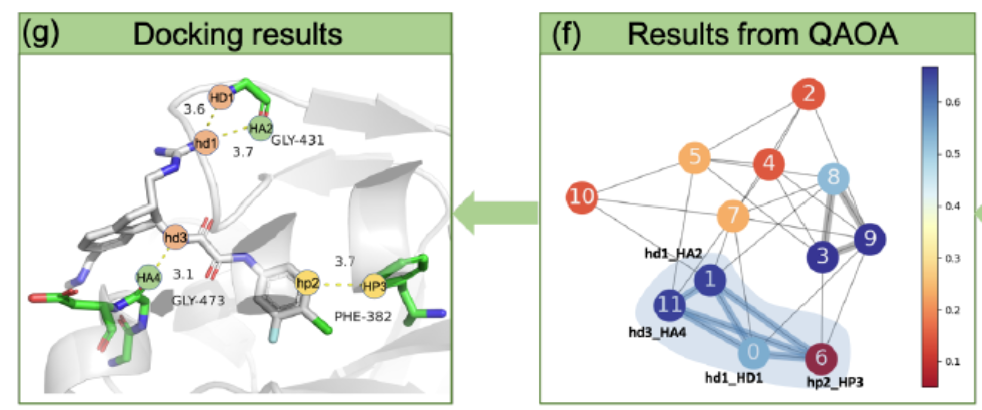
Learn how the DC-QAOA algorithm is used to predict molecules that might be good candidates for drugs based on their interactions with proteins.

Krylov Subspace Methods

Learn how the Krylov method uses the Hadamard test to predict the ground state energy of molecules. Also learn how to implement the same approach with the
mqpu backend and simulate execution on multiple QPUs in parallel.

Quantum-Selected Configuration Interaction
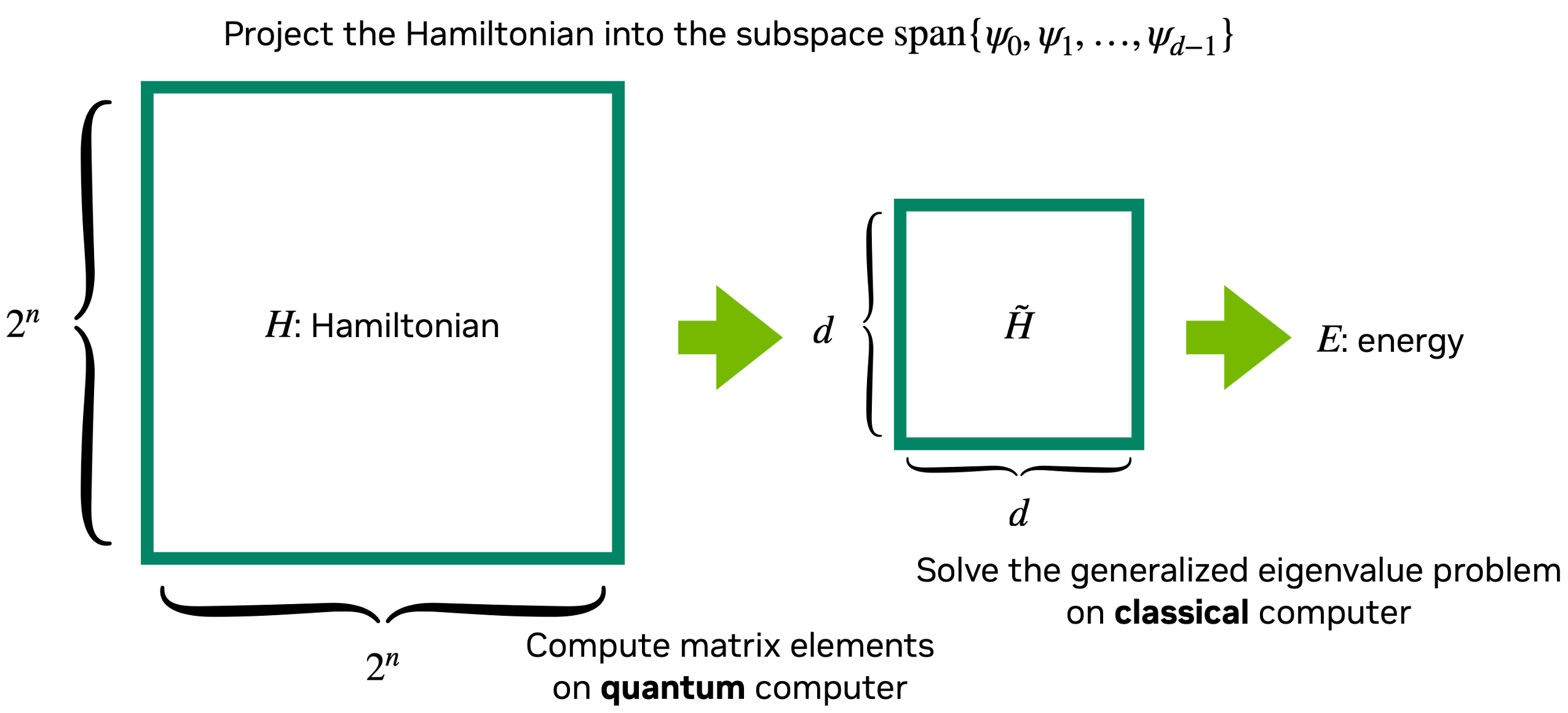
Learn how the QSCI method uses the observe and sample primitives.

Sample-Based Krylov Quantum Diagonalization (SKQD)
Learn how to implement the Sample-Based Krylov Quantum Diagonalization (SKQD) algorithm to predict the ground state energy of molecules.
The Bernstein-Vazirani Algorithm
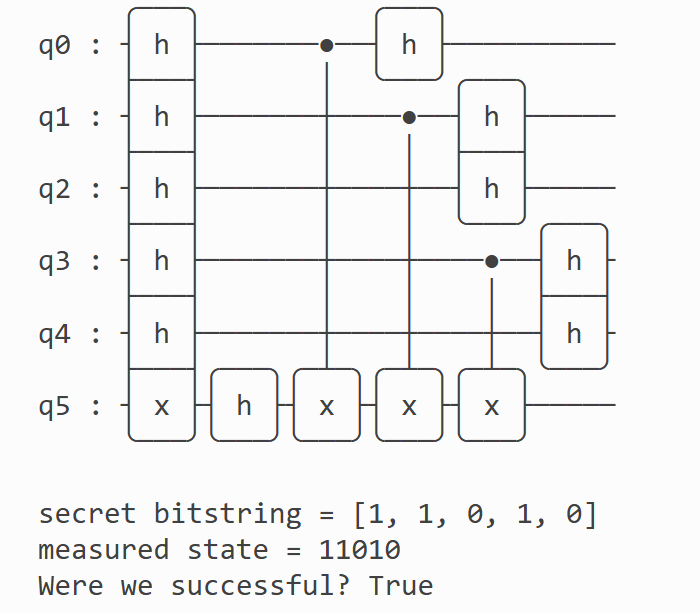
Learn a famous quantum algorithm that provides intuition for why exponential speedups can be achieved with quantum computers.

Deutsch's Algorithm

Learn how quantum computers can provide an exponential speedup for identifying if a Boolean function is constant or balanced.

Divisive Clustering with Coresets

Explore an implementation of the work in this paper (https://arxiv.org/abs/2402.01529) which looks at ways to cluster large data sets on quantum computers using a data reduction technique called coresets. This notebook includes the full workflow, a QAOA implementation, and an example of using the
mgpu backend to scale the problem to greater qubit numbers.

Hybrid Quantum Neural Networks
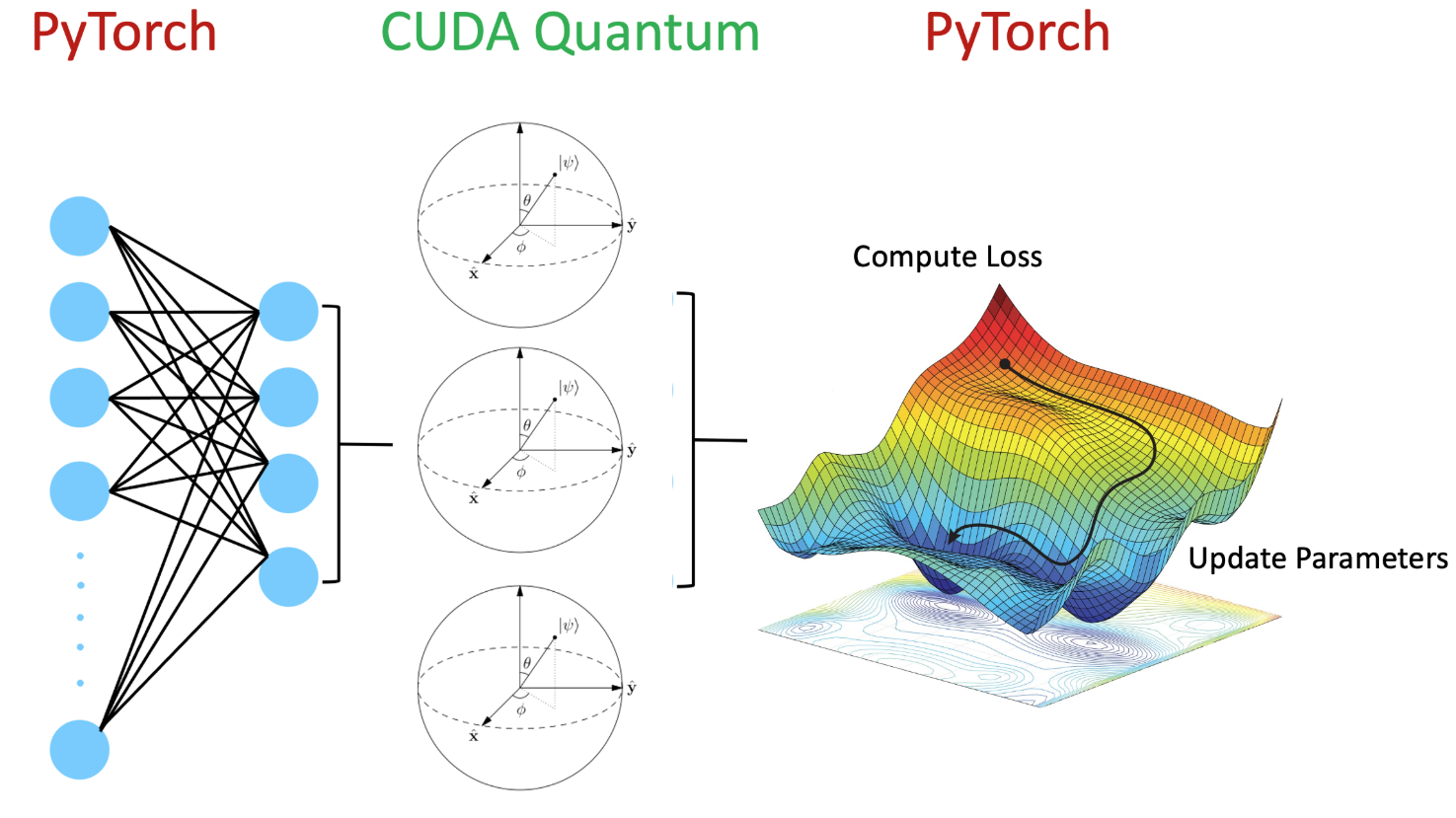
Learn how to implement Neural Network composed of a traditional PyTorch layer and a quantum layer added with CUDA-Q

The Hadamard Test
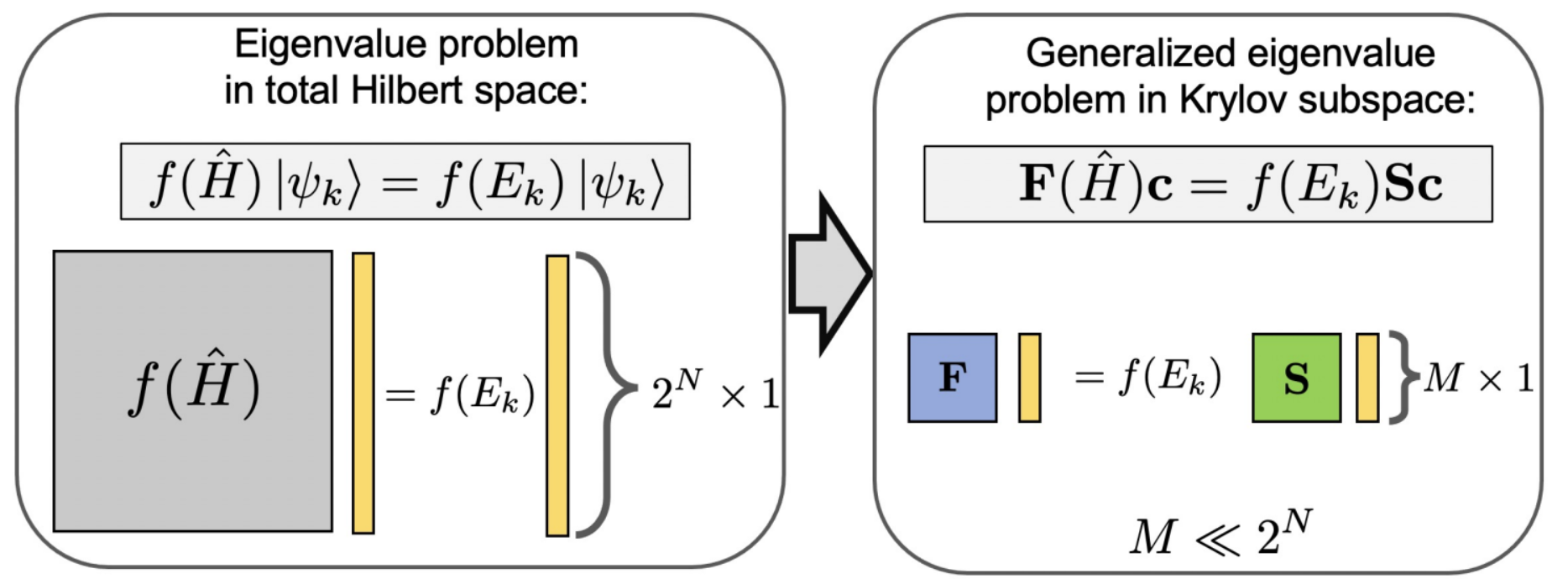
Learn about the Hadamard test and how it can be used to estimate expectation values. This notebook also explores how the Hadamard test can be used for Krylov subspace method and accelerated with the
mqpu backend to evaluate execution on multiple simulated QPUs in parallel.

The Anderson Impurity Model With Logical Qubits
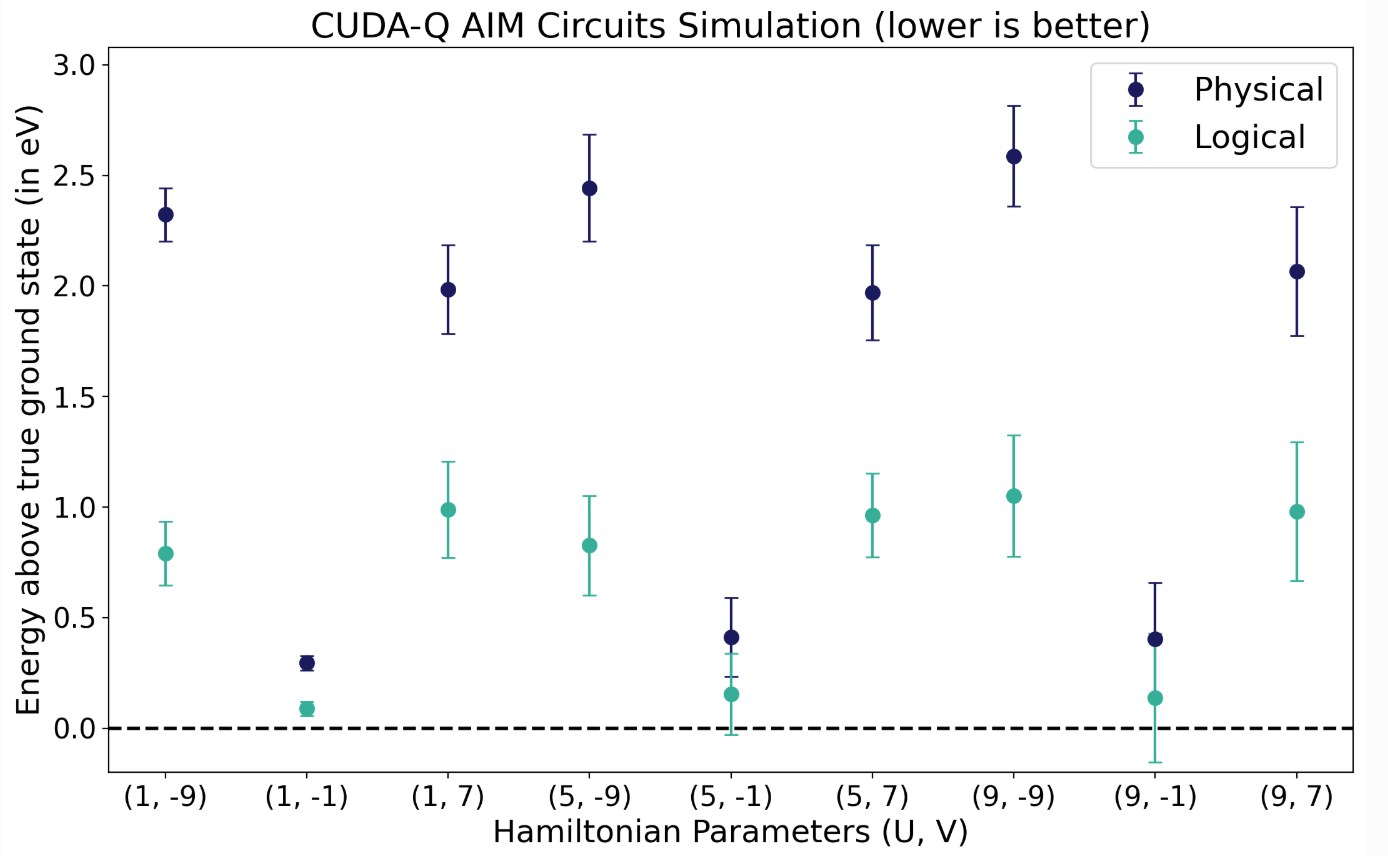
A collaboration between NVIDIA and Infleqtion demonstrated a logical qubit workflow built in CUDA-Q and executed on the Infleqtion's neutral atom QPU. (https://arxiv.org/abs/2412.07670)

Trotterized Hamiltonian Simulation
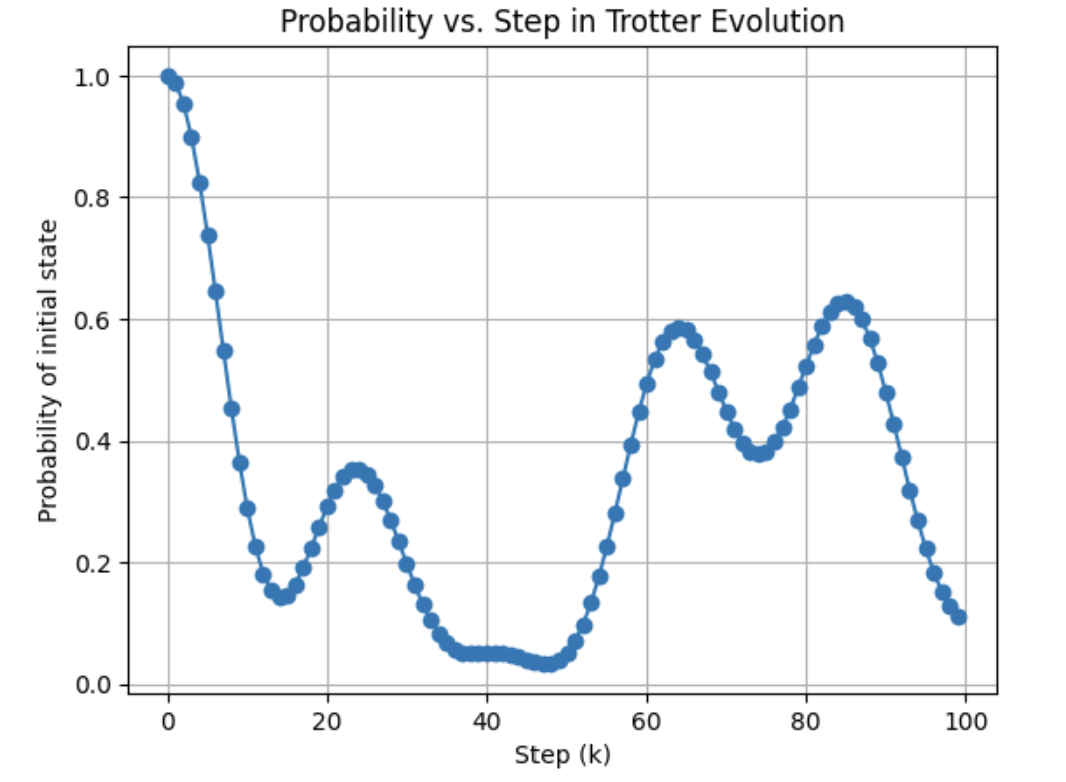
Trotterization is an approximation to enable simulation of a Hamiltonian. Learn how this technique works and simulate the dynamics of the Heisenberg model.

The Quantum Fourier Transform
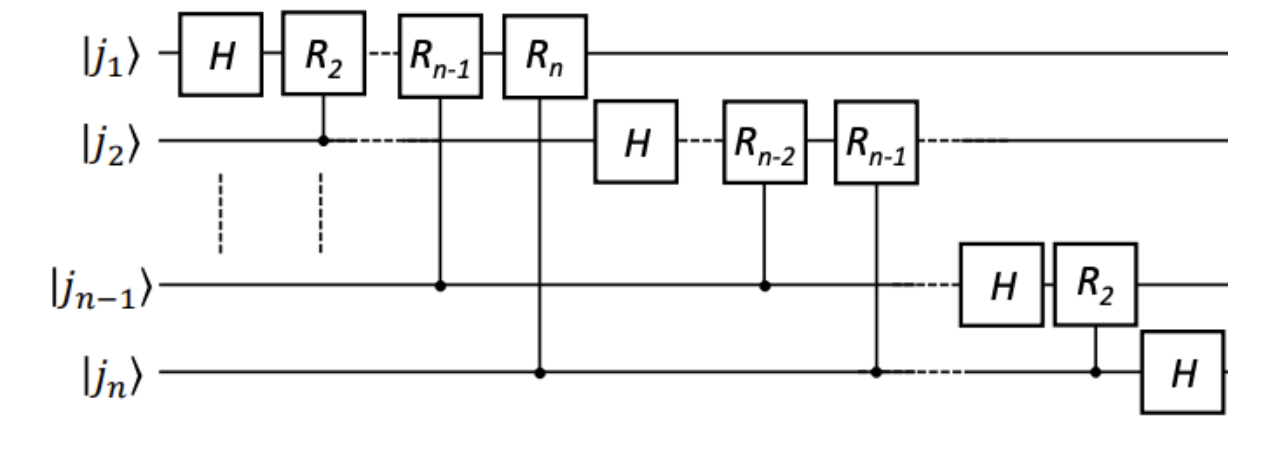
The Quantum Fourier transform (QFT) is a fundamental quantum algorithm that is also an important subroutine of quantum phase estimation, Shor's, and other quantum algorithms. Learn the basics of the QFT and how to implement it in CUDA-Q.

Quantum Teleportation

Quantum teleportation is one of the strange phenomena that makes quantum computing so interesting. Learn how teleportation works and how it is implemented in CUDA-Q.

Quantum Volume
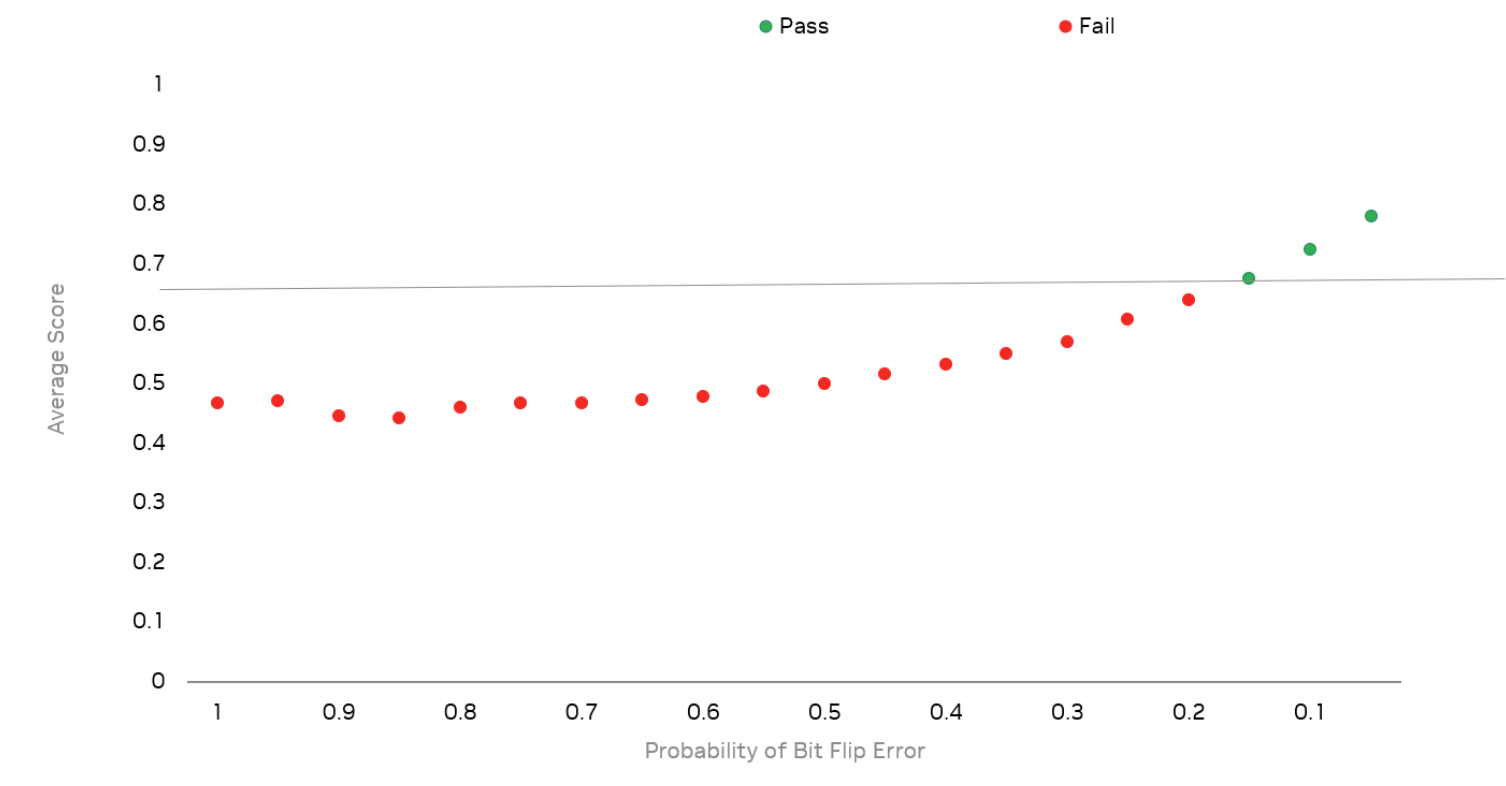
Benchmarking the performance of quantum computers, especially between different qubit modalities, is challenging. One method is to experimentally perform the quantum volume test. Learn how this test is performed and how it is implemented in CUDA-Q.

Readout Error Mitigation
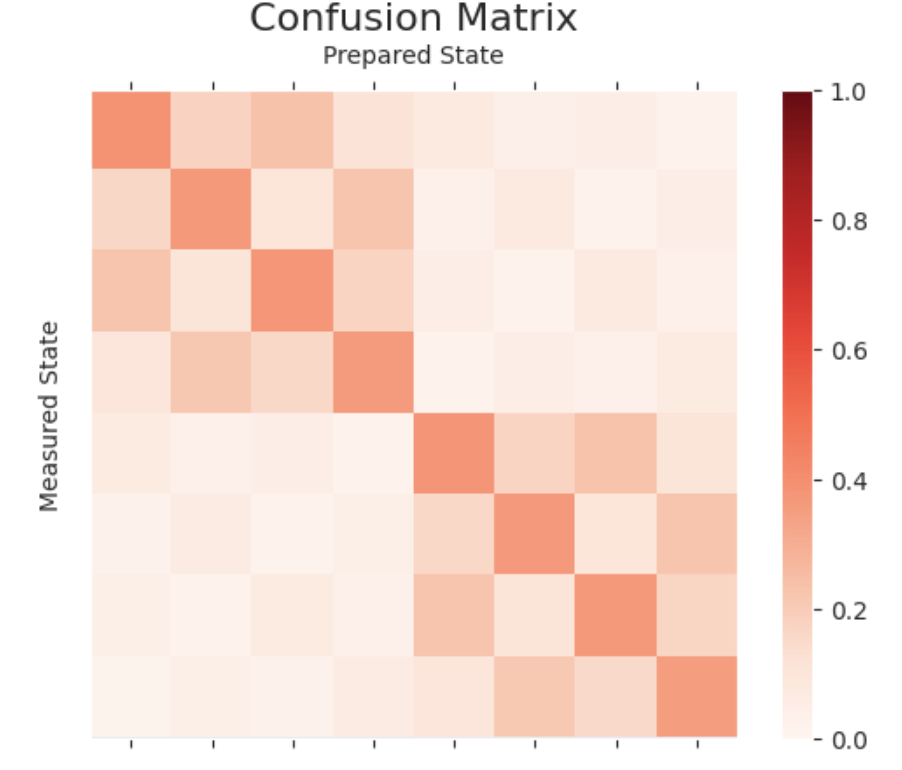
Quantum computers are limited by their noise, which corrupts the outcome of applications. Error mitigation is a technique used to compensate for such errors via postprocessing. Learn how to combat noise in this CUDA-Q readout error mitigation tutorial.

Compiling Unitaries with Diffusion Models
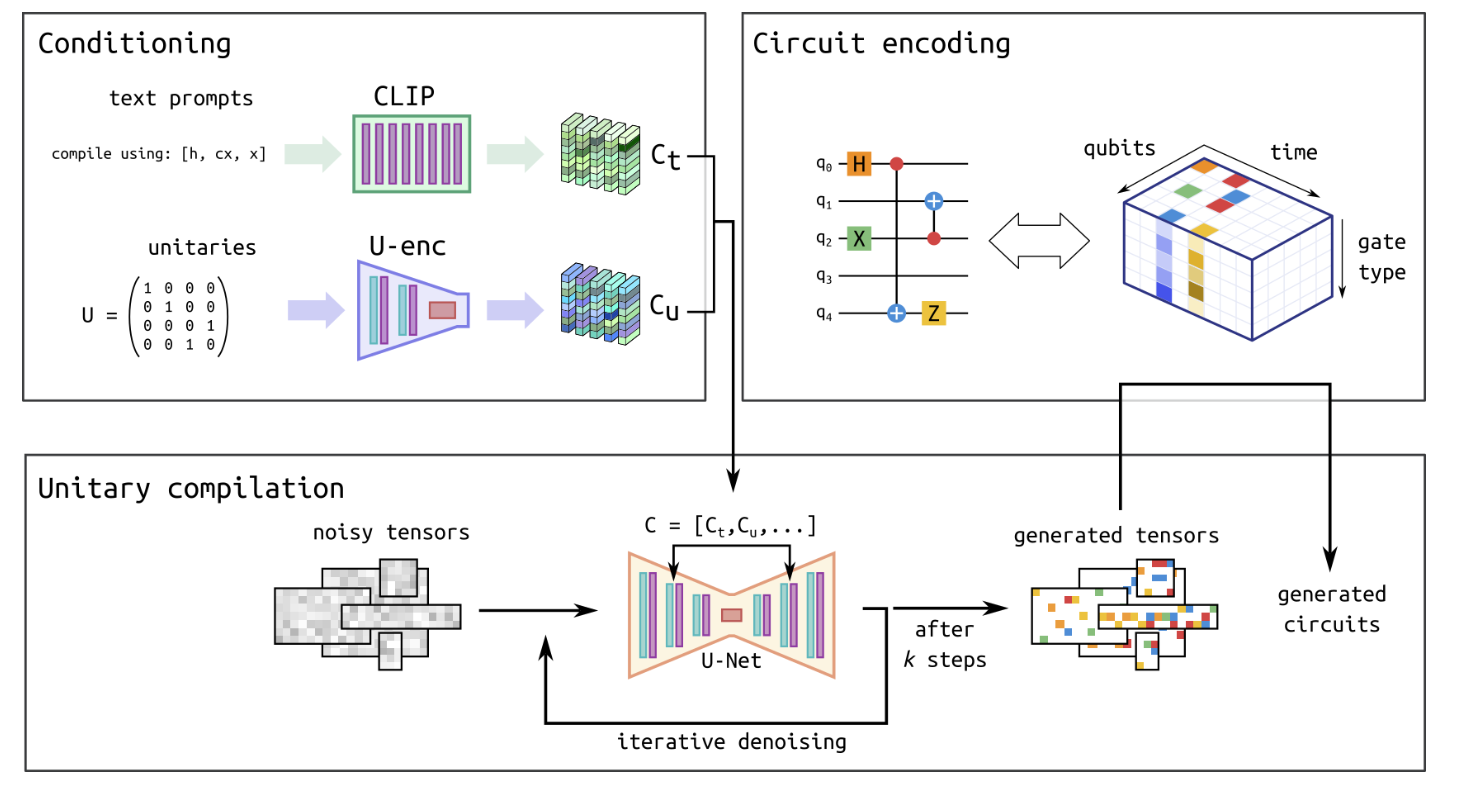
Implementing quantum circuits to apply arbitrary unitary operations is a complex task. This tutorial explores an AI for quantum application where a diffusion model can be used to compile unitaries.

The Variational Quantum Eigensolver

The variational quantum eigensolver is a hybrid quantum classical algorithm for predicting the ground state of a Hamiltonian. Learn how to predict molecular energies with the VQE in CUDA-Q using active spaces, how to parallelize gradient evaluation, and how to use performance optimizations like gate fusion.

Quantum Transformer Model for Generating Molecules
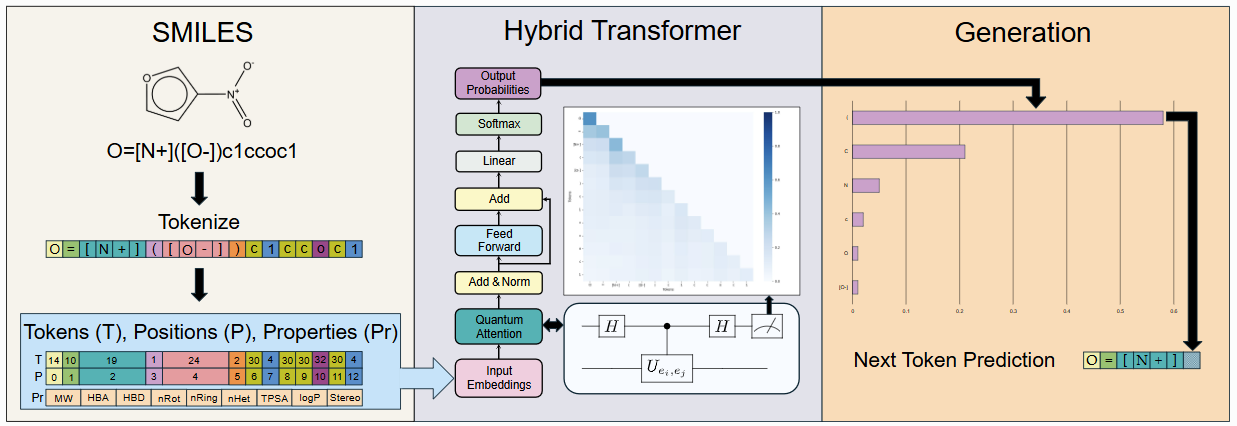
Learn how to implement a hybrid quantum transformer model for generating molecules. The tutorial is based off a collaboration between NVIDIA and Yale. (https://arxiv.org/pdf/2502.19214)

Quantum Enhanced Auxiliary Field Quantum Monte Carlo
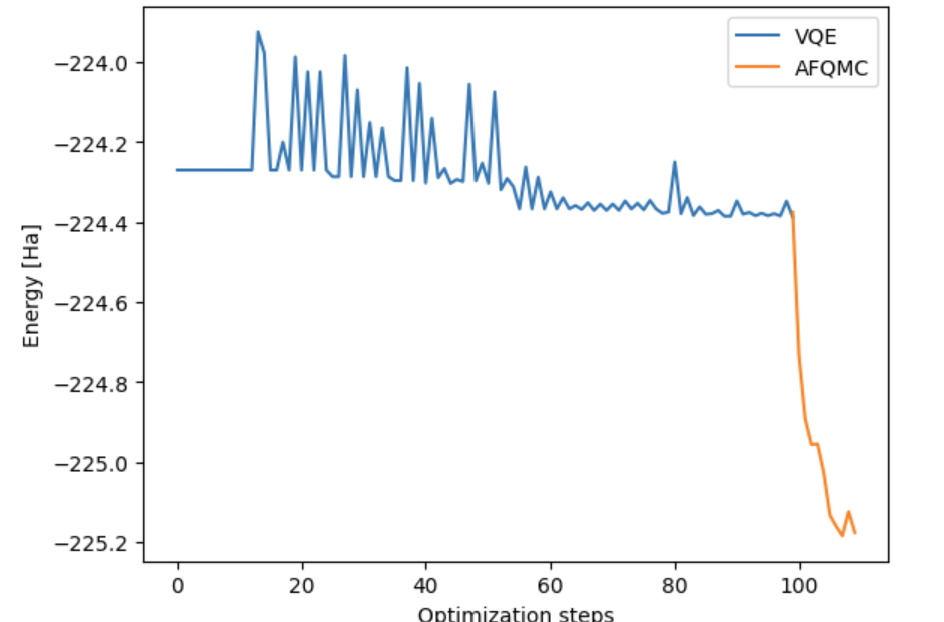
Quantum Enhanced Auxiliary Field Quantum Monte Carlo is an advanced variational technique for simulating molecular energies. Learn how NVIDIA and BASF collaborated to implement this technique.

ADAPT QAOA
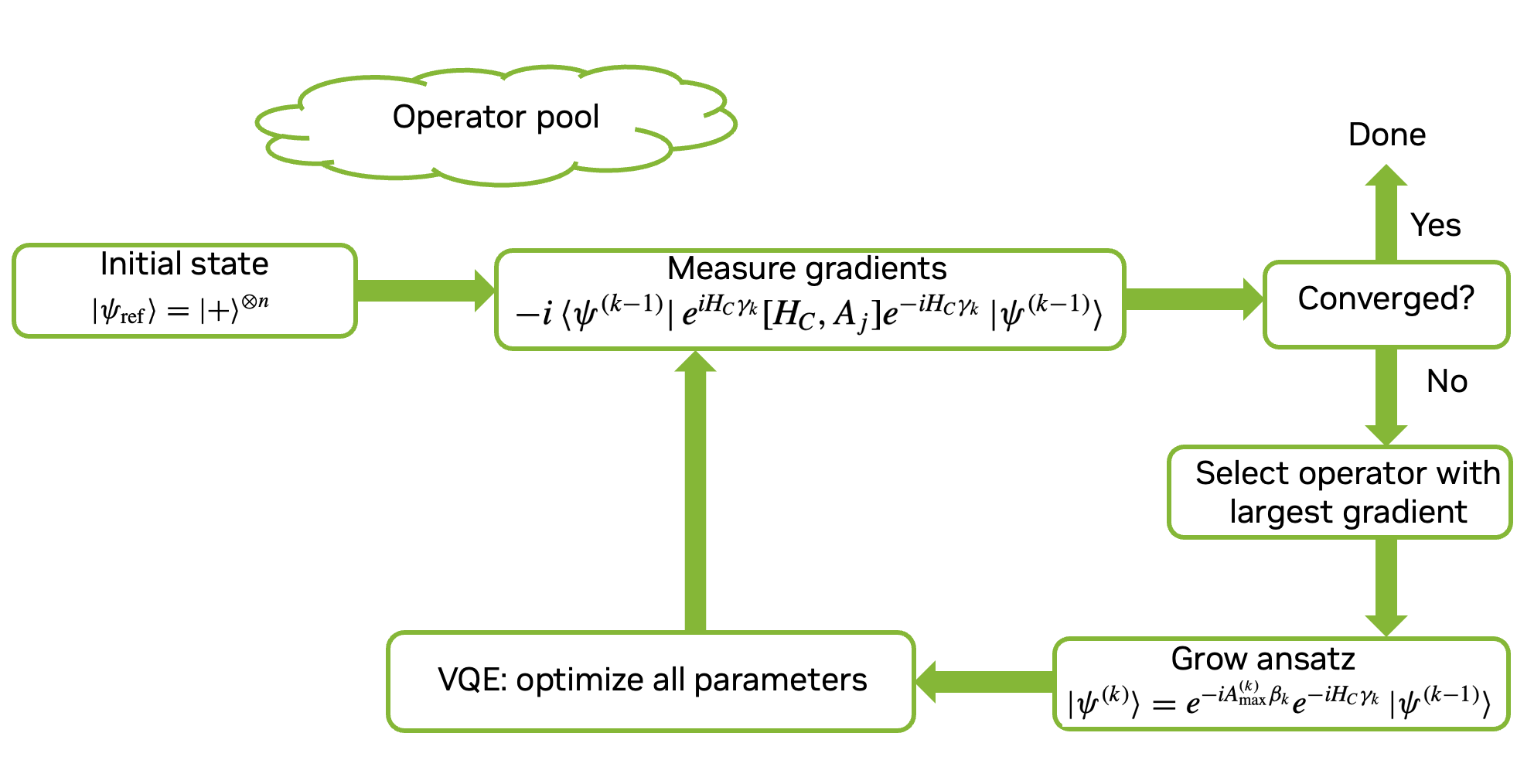
Learn how to implement the Adaptive Derivative-Assembled Pseudo-Trotter (ADAPT) ansatz QAOA using CUDA-Q. The method iteratively builds an ansatz to more efficiently converge to the ground state of a problem Hamiltonian.

ADAPT VQE
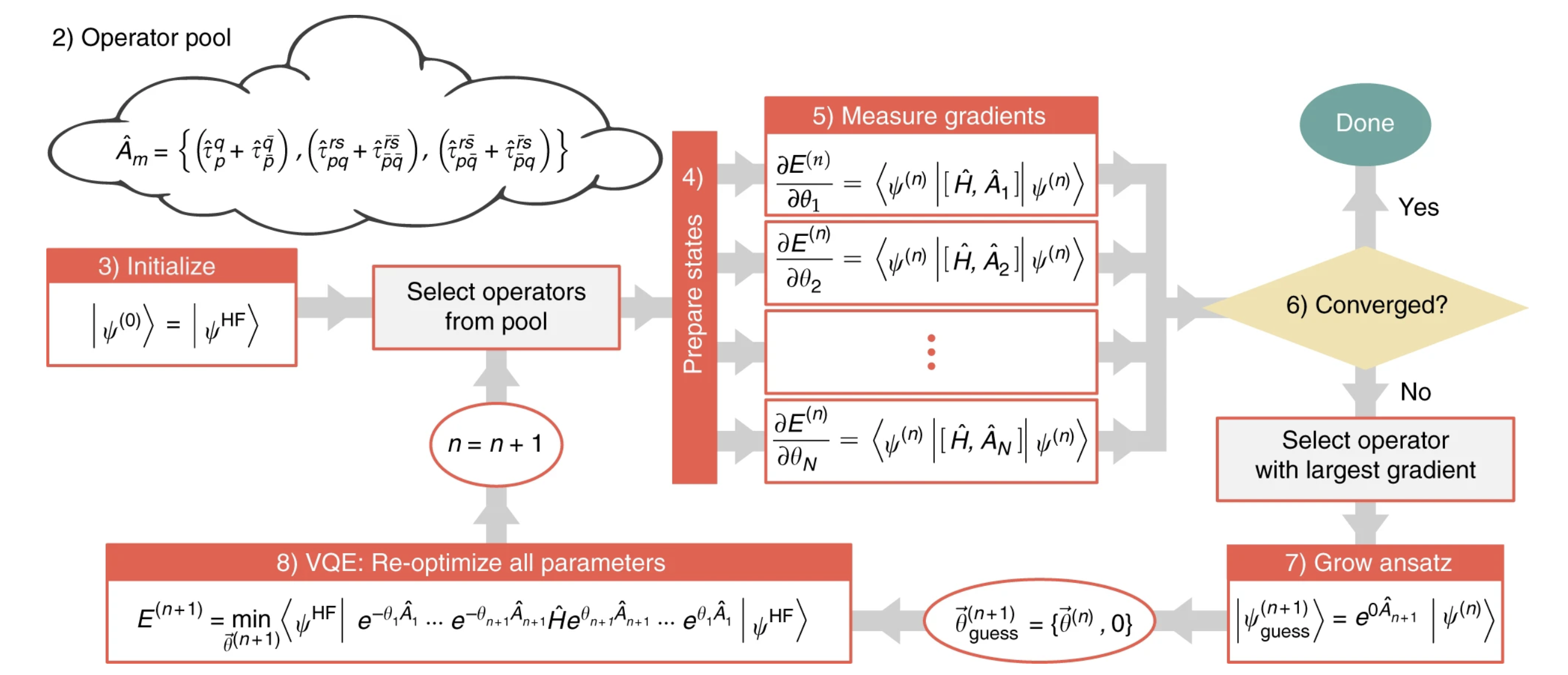
Learn how to implement the Adaptive Derivative-Assembled Pseudo-Trotter (ADAPT) to predict molecular ground state energies. The method iteratively builds an ansatz to more efficiently converge compared to traditional VQE.

Quantum Edge Detection
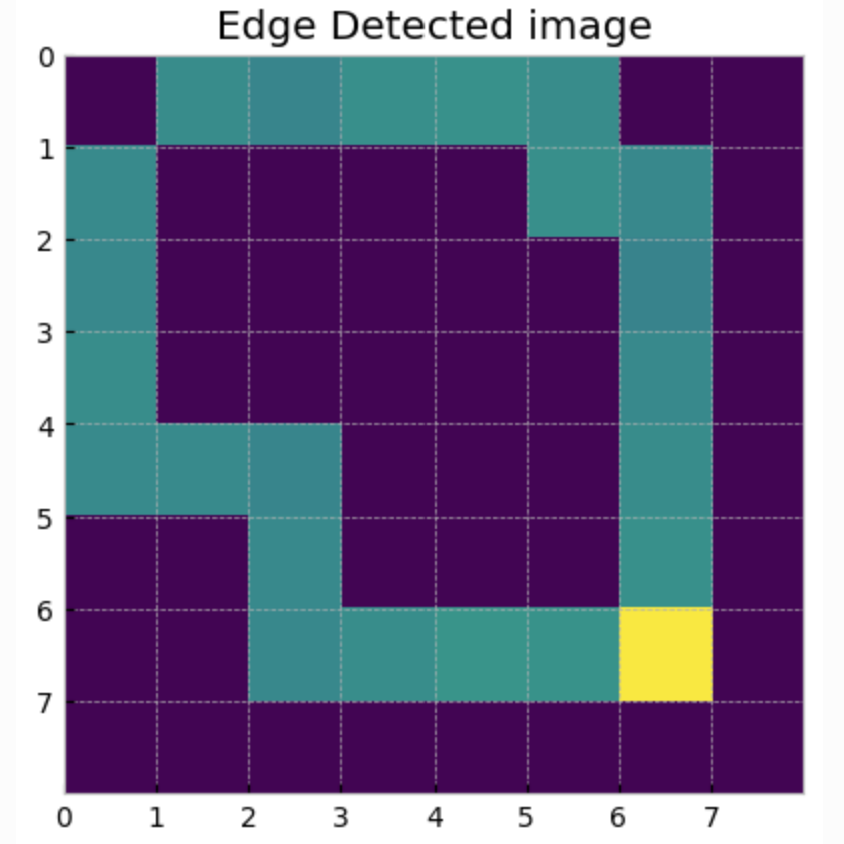
Learn how to encode image data with a quantum circuit and use a quantum algorithm to identify object boundaries in an image.

Shor's Algorithm

Learn how to code the famous Shor's algorithm to factor a product of primes using CUDA-Q.

Generating the Electronic Hamiltonian

Learn how to generate the electronic hamiltonian and convert it to qubit hamiltonian using CUDA-Q.

Grover's Algorithm

Learn how quantum computers can quadratically speed up searching through an unstructured database by amplifying the probability of finding the desired item.

Quantum Pagerank
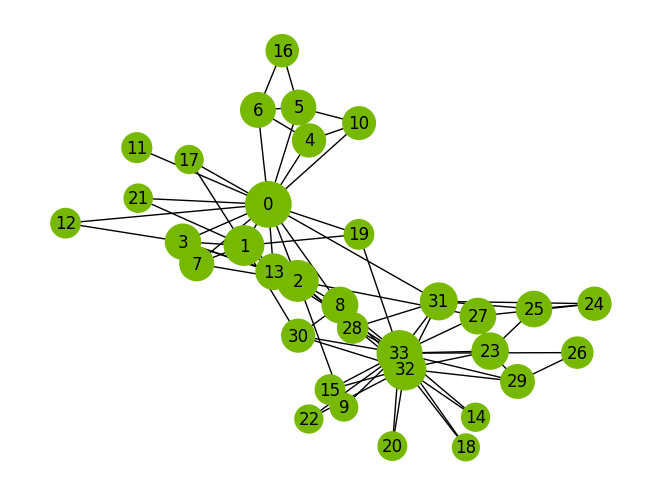
Quantum stochastic walk using dynamic simulation demonstrated by the Quantum PageRank algorithm for social network analysis.

QM/MM simulation: VQE within a Polarizable Embedded Framework.
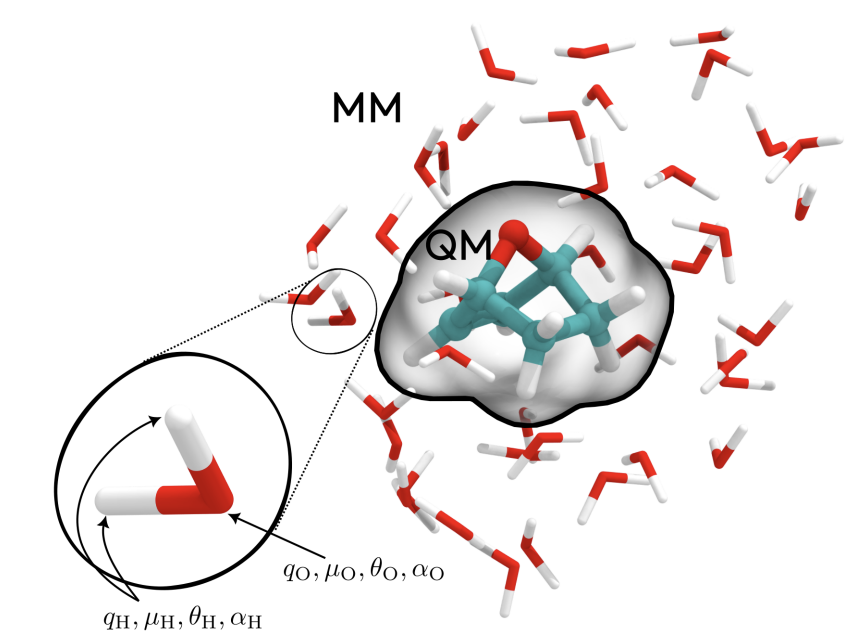
Learn how to implement QM/MM with PE framework using CUDA-Q.

Entanglement Accelerates Quantum Simulation

Learn how entanglement growth can *reduce* the Trotter error of the first-order product formula (PF1), recovering the result from the [paper](https://www.nature.com/articles/s41567-025-02945-2) using NVIDIA CUDA-Q.


